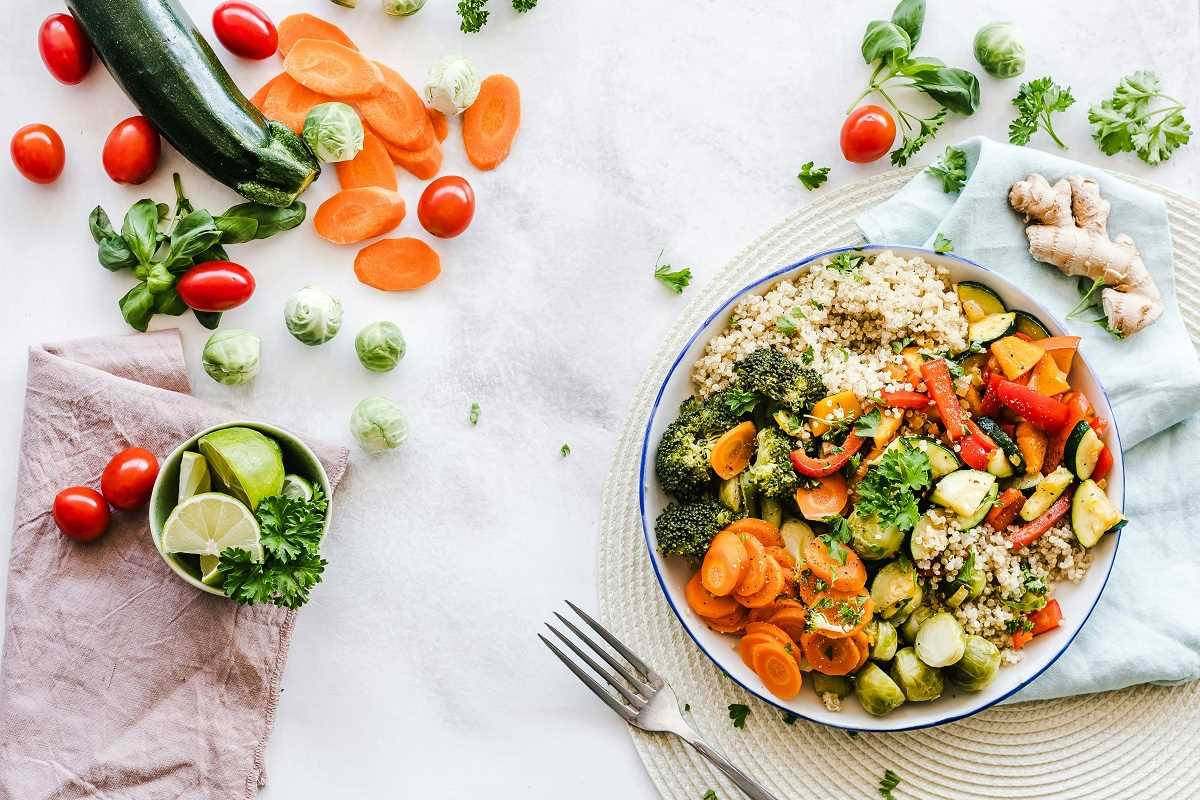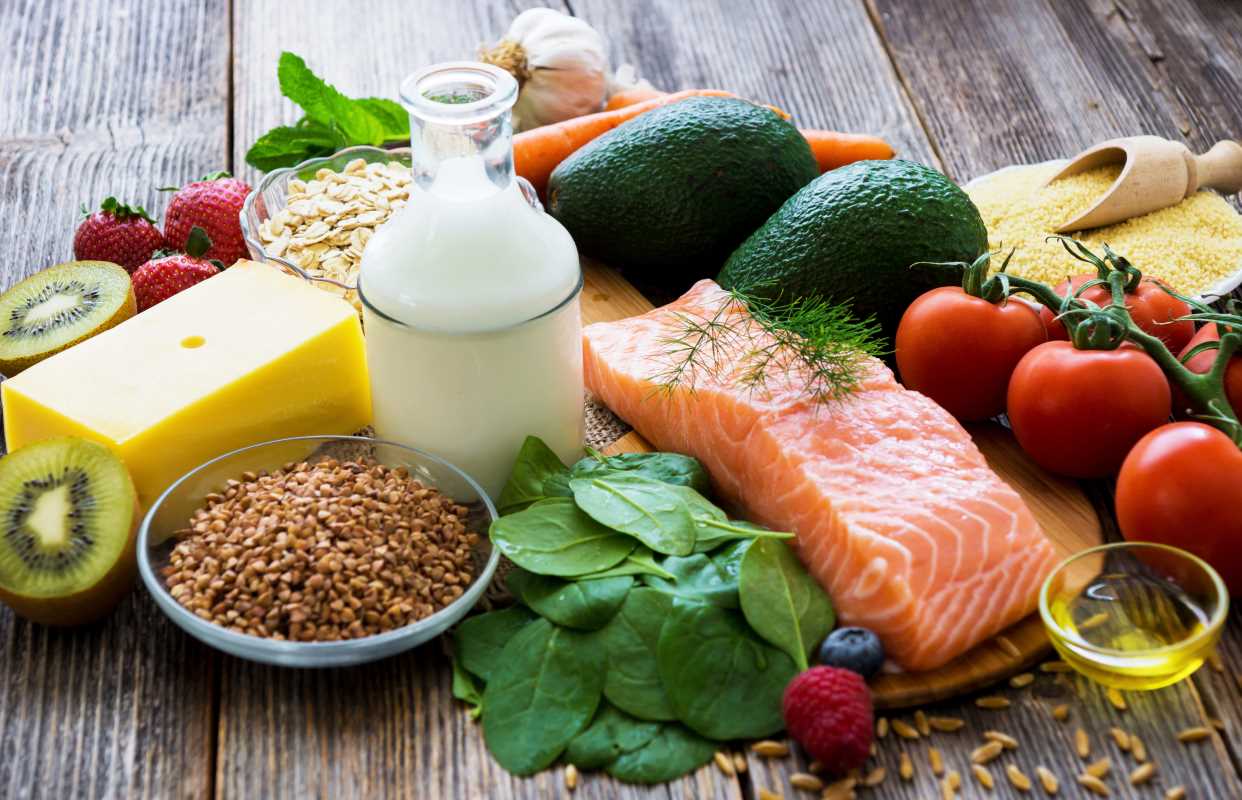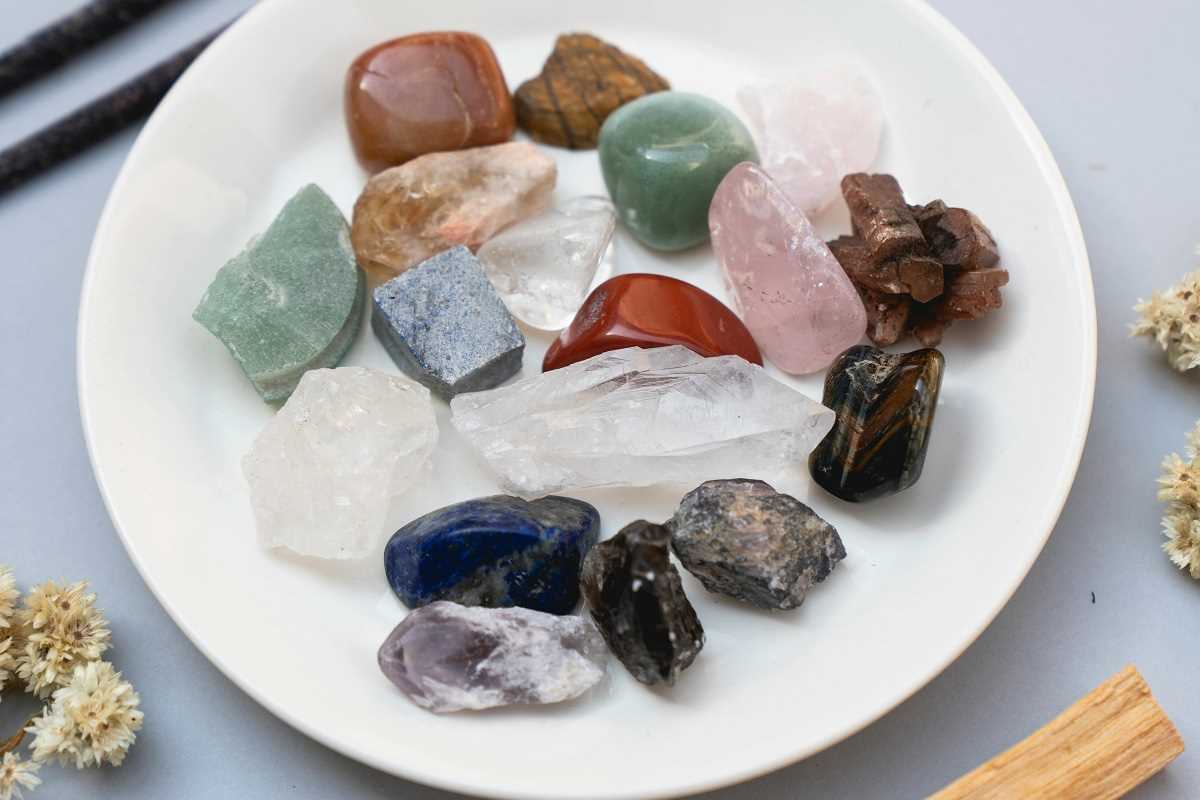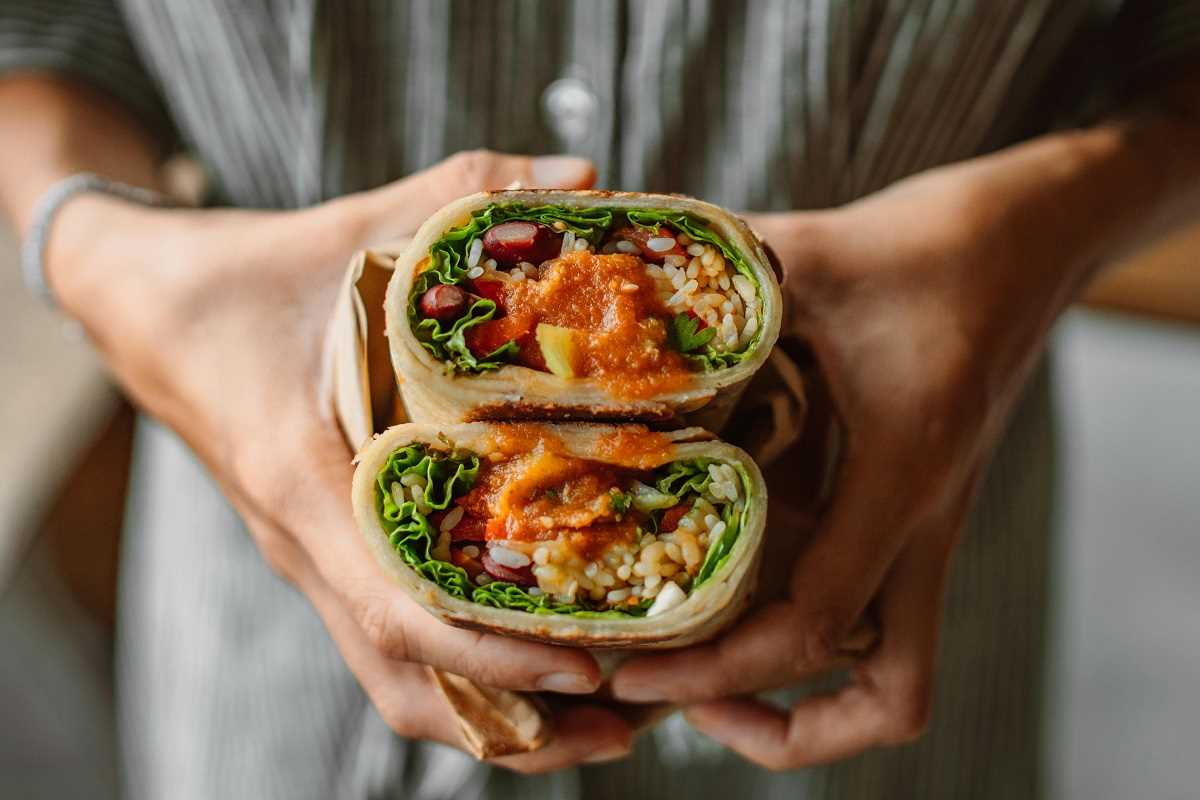Reducing sodium in your diet can be a game-changer, especially if you're working to improve or maintain healthy blood pressure levels. Excessive sodium intake is closely linked with high blood pressure—a major risk factor for heart disease and stroke. The good news? You don’t have to sacrifice flavor to keep sodium in check. By using fresh ingredients, herbs, and spices, you can create meals that are both delicious and heart-healthy. Here’s a guide to low-sodium recipes for every meal, plus tips for packing in flavor without relying on salt.
Why Reduce Sodium?
Sodium is essential for bodily functions like fluid balance and nerve communication. However, in large quantities, it can wreak havoc on your cardiovascular system. Most of the sodium in our diets doesn’t come from salt shakers but from processed and packaged foods. Over time, high sodium consumption leads to water retention, increasing blood pressure. Cutting back, therefore, plays a critical role in keeping your heart and overall health in check.
The American Heart Association recommends limiting sodium to no more than 2,300 milligrams a day, with an ideal target of 1,500 milligrams for most adults, particularly those with high blood pressure. With these recipes, you’ll learn how to make heart-friendly meals that are bursting with natural flavors.
Breakfast Ideas
1. Veggie-Packed Scrambled Eggs
Start your day with protein and veggies in this quick, filling recipe.
Ingredients:
- 2 eggs (or egg whites)
- 1/4 cup diced bell peppers
- 1/4 cup chopped spinach
- 1/4 cup chopped mushrooms
- 1 tsp olive oil
- Fresh ground black pepper and a pinch of turmeric for seasoning
Instructions:
Heat olive oil in a pan and sauté the veggies until soft. Whisk the eggs, pour them into the pan, and stir gently until cooked to your liking. Season with black pepper and turmeric for an earthy, slightly peppery flavor without any added salt.
This dish is rich in potassium, thanks to the veggies, which helps counteract sodium’s effects on blood pressure.
2. Berry Oatmeal with Almond Butter
Oats are a heart-health champion, and this sweet breakfast bowl doesn’t need sugar or salt.
Ingredients:
- 1/2 cup rolled oats
- 1 cup unsweetened almond milk
- 1/2 cup fresh or frozen mixed berries
- 1 tbsp almond butter
- Sprinkle of cinnamon
Instructions:
Cook the oats in almond milk over low heat, stirring occasionally. Once creamy, top with berries, almond butter, and cinnamon. Cinnamon adds a natural sweetness while boosting flavor.
Lunch Options
1. Classic Chicken & Avocado Salad (No-Salt Version)
This light yet satisfying salad is packed with healthy fats and lean protein.
Ingredients:
- 1 cup mixed greens
- 1 grilled chicken breast (seasoned with garlic powder, paprika, and black pepper)
- 1/2 avocado, sliced
- 1/4 cup cherry tomatoes
- Juice of half a lemon
- 1 tsp olive oil
Instructions:
Toss the greens, chicken, avocado, and cherry tomatoes in a large bowl. Drizzle with lemon juice and olive oil for a fresh, zesty dressing. Use garlic powder and paprika as seasoning for a kick of flavor without sodium.
2. Mediterranean Quinoa Bowl
Quinoa is nutrient-dense and naturally sodium-free, making it a great base for a low-sodium meal.
Ingredients:
- 1 cup cooked quinoa
- 1/4 cup diced cucumber
- 1/4 cup cherry tomatoes
- 1/4 cup crumbled feta (optional, and use a low-sodium version if available)
- 1 tbsp olive oil
- Juice of half a lime
- 1 tsp dried oregano
Instructions:
Combine all ingredients in a bowl and toss well. The lime juice and oregano bring out a Mediterranean vibe without the need for heavy dressing or added salt.
Dinner Delights
1. Herb-Crusted Salmon with Garlic Green Beans
Salmon is loaded with omega-3 fatty acids that are excellent for heart health.
Ingredients:
- 1 salmon fillet
- 1 tsp olive oil
- 1/2 tsp dried dill
- 1/2 tsp garlic powder
- 1 cup green beans
- 1 clove minced garlic
Instructions:
Rub the olive oil, dill, and garlic powder on the salmon. Bake at 375°F for 12–15 minutes. Meanwhile, sauté green beans with fresh minced garlic. This dish is full of bold flavors while keeping sodium to a minimum.
2. Vegetable Stir-Fry with Cauliflower Rice
Skip the soy sauce and focus on fresh ingredients for a satisfying, low-sodium dinner.
Ingredients:
- 1 cup cauliflower rice
- 1/2 cup sliced bell peppers
- 1/4 cup snap peas
- 1/4 cup shredded carrots
- 1 tbsp sesame oil
- 1 tsp grated ginger
- Dash of rice vinegar for flavor
Instructions:
Stir-fry the vegetables in sesame oil. Add grated ginger and a splash of rice vinegar for a tangy, aromatic finish. Serve over warm cauliflower rice.
Snack Suggestions
1. Spiced Hummus with Veggie Sticks
Substitute salt with cumin and smoked paprika when preparing homemade hummus. Serve with carrot sticks, celery, or sliced cucumbers for a heart-friendly snack.
2. Fruit & Nut Mix
Combine unsalted nuts (like almonds or walnuts) with dried fruit for a sweet and salty balance without added sodium.
Cooking Tips for Low-Sodium Success
- Herbs Are Your Best Friend – Basil, cilantro, rosemary, thyme, and parsley can enhance dishes without the need for salt.
- Spices Add Depth – Experiment with paprika, turmeric, ginger, cumin, and cinnamon to infuse recipes with unique flavors.
- Use Acidic Ingredients – Lemon juice, lime juice, and balsamic vinegar can brighten flavors naturally.
- Roast Vegetables – Roasting caramelizes natural sugars, bringing out a rich, savory taste.
Switching to a low-sodium diet doesn’t mean compromising on flavor. With these recipes and tips, you can manage your blood pressure and enjoy every bite. These flavorful meals can easily fit into a balanced diet, offering everything your body needs to stay healthy and your taste buds happy. Give them a try—you might find yourself enjoying your food even more!
 (Image via
(Image via





